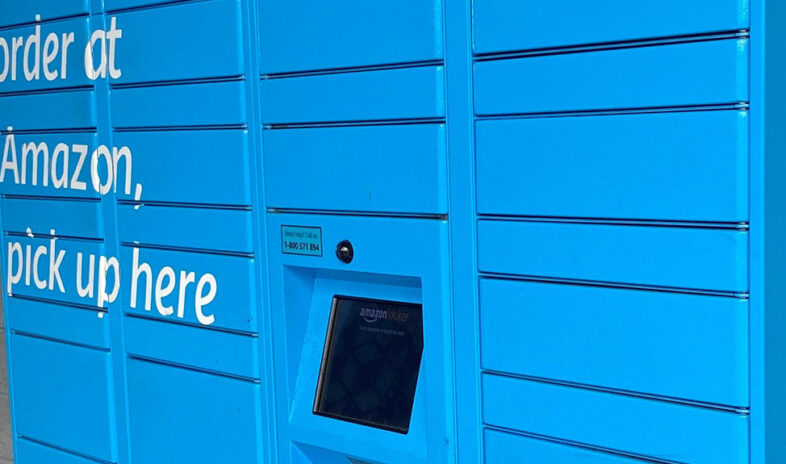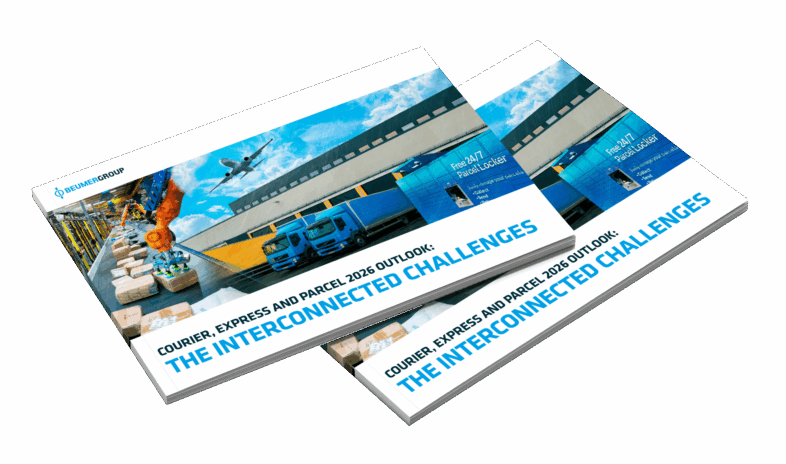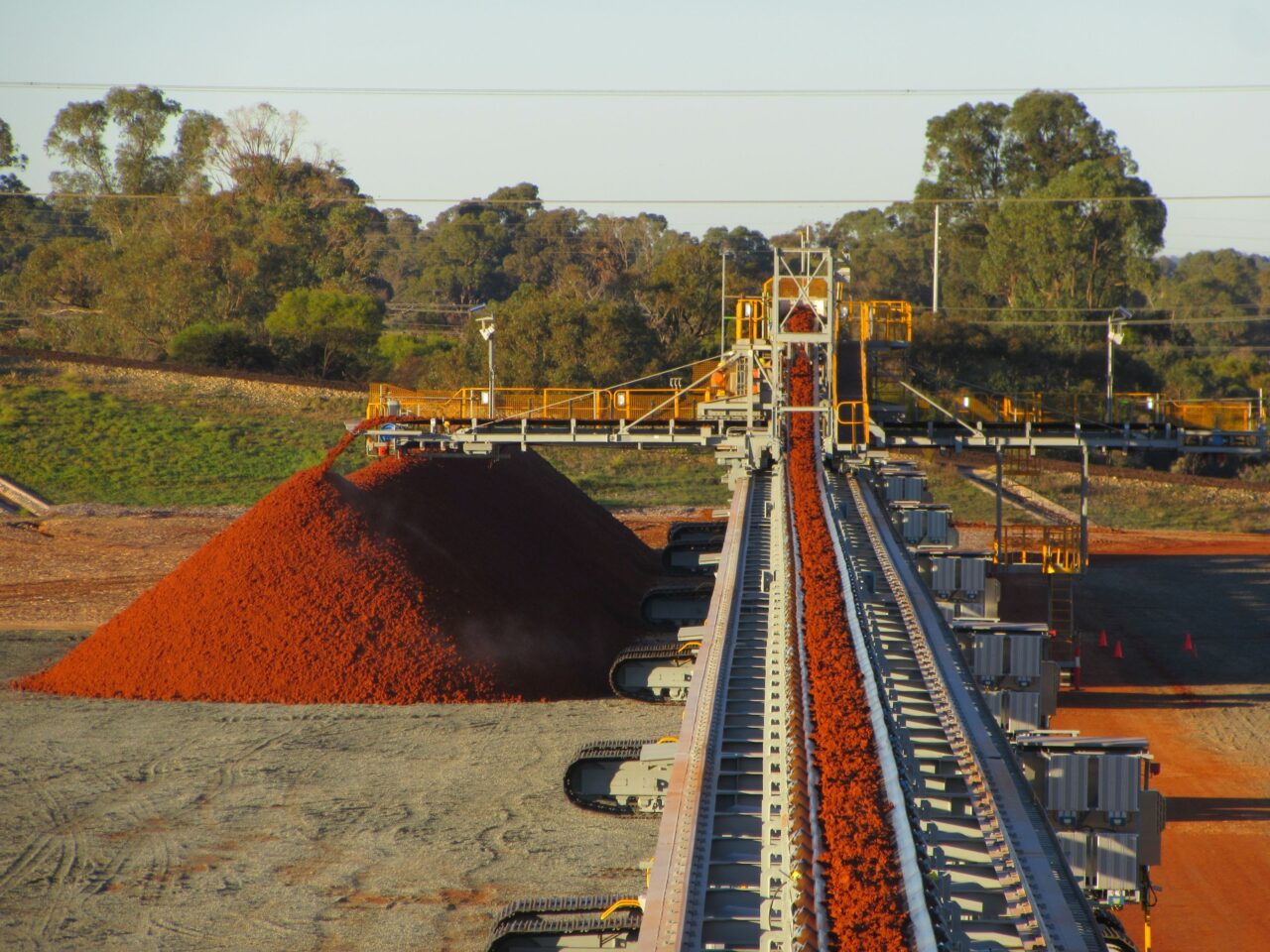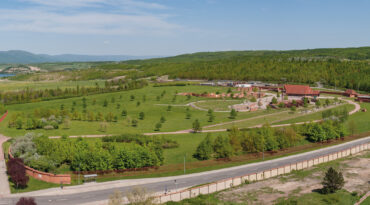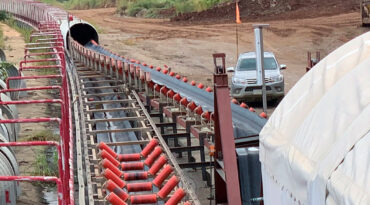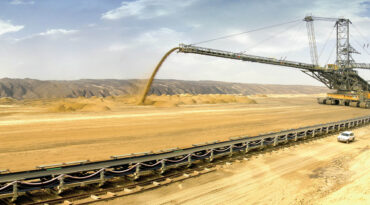Processing raw materials such as copper, iron and gold often produces wet tailings as a by-product. This slurry consists of crushed rock, water, trace quantities of metal and, in some cases, chemical additives used during ore processing. Transporting and storing wet tailings safely presents significant challenges for mining operations, primarily due to the potential for geochemical and geotechnical instability.
Wet tailings are conventionally stored in specially designed dams, so that the stored (supernatant) water can be recovered for reuse later. However, wet tailings are more conducive to acidic drainage, which can pollute surface and groundwater, threatening aquatic life and ecosystems. The weight of wet tailings can also put immense pressure on containment structures. There are several well-documented cases of wet tailings storage facilities failing, with catastrophic consequences for nearby communities, wildlife, and the local environment.
Many mining operators are considering dry tailings as a more economical and sustainable alternative to wet tailings storage and treatment.
DRY TAILINGS – THE OPPORTUNITIES
Dry tailings have much of the contained water removed before they are placed at the tailings storage facility (TSF). The direct freshwater consumption in ore processing can be drastically reduced by up to 85%, depending on the filtration system and the actual dry tailings handling process.
Some moisture content is typically retained during the process, so ‘dry’ tailings is not an entirely accurate description. Filtered tailings is more technically correct. Whatever description you prefer, the tailings are dewatered to a target water content that is dependent on transportation parameters and the geotechnical requirements of the storage facility.
Rather than using dams and containment ponds, a dry tailings operation is essentially an earthworks project. The tailings are transported using familiar open-pit mining equipment, such as fixed and mobile conveyors, tipper cars and spreaders, to deposit tailings to a predetermined plan. The terrain is reshaped by placing large volumes of dry tailings to create a geotechnically and geochemically stable landform that meets closure requirements and minimises the associated capital and operating costs.


